Refine listing
Actions for selected content:
2252 results in Cambridge Elements
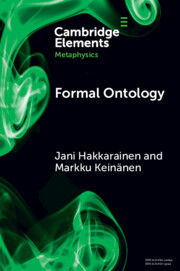
Formal Ontology
-
- Published online:
- 21 September 2023
- Print publication:
- 12 October 2023
-
- Element
-
- You have access
- Open access
- HTML
- Export citation
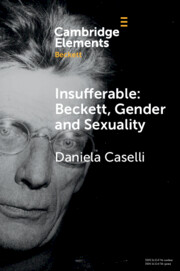
Insufferable: Beckett, Gender and Sexuality
-
- Published online:
- 21 September 2023
- Print publication:
- 19 October 2023
-
- Element
- Export citation
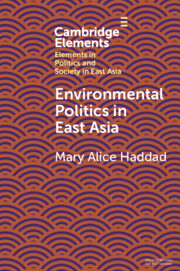
Environmental Politics in East Asia
-
- Published online:
- 21 September 2023
- Print publication:
- 21 December 2023
-
- Element
- Export citation
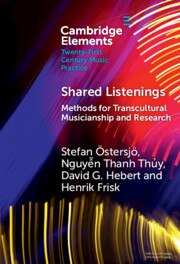
Shared Listenings
- Methods for Transcultural Musicianship and Research
-
- Published online:
- 20 September 2023
- Print publication:
- 12 October 2023
-
- Element
- Export citation
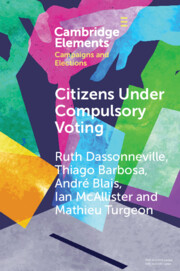
Citizens Under Compulsory Voting: A Three-Country Study
-
- Published online:
- 19 September 2023
- Print publication:
- 12 October 2023
-
- Element
- Export citation
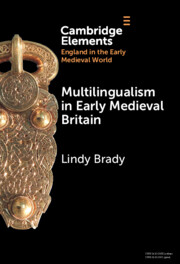
Multilingualism in Early Medieval Britain
-
- Published online:
- 19 September 2023
- Print publication:
- 12 October 2023
-
- Element
- Export citation
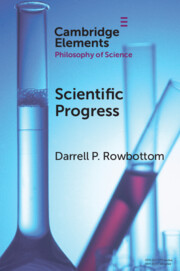
Scientific Progress
-
- Published online:
- 18 September 2023
- Print publication:
- 12 October 2023
-
- Element
- Export citation
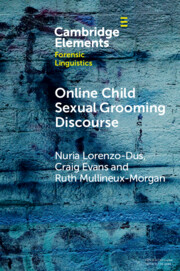
Online Child Sexual Grooming Discourse
-
- Published online:
- 18 September 2023
- Print publication:
- 19 October 2023
-
- Element
- Export citation
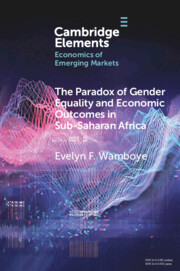
The Paradox of Gender Equality and Economic Outcomes in Sub-Saharan Africa
- The Role of Land Rights
-
- Published online:
- 15 September 2023
- Print publication:
- 05 October 2023
-
- Element
- Export citation

Style, Method and Philosophy in Wittgenstein
-
- Published online:
- 15 September 2023
- Print publication:
- 12 October 2023
-
- Element
- Export citation
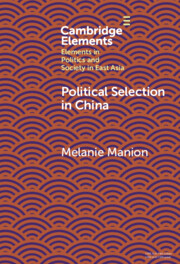
Political Selection in China
- Rethinking Foundations and Findings
-
- Published online:
- 14 September 2023
- Print publication:
- 23 November 2023
-
- Element
- Export citation
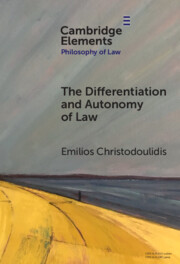
The Differentiation and Autonomy of Law
-
- Published online:
- 13 September 2023
- Print publication:
- 05 October 2023
-
- Element
- Export citation
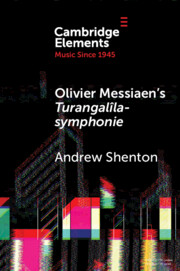
Olivier Messiaen's Turangalîla-symphonie
-
- Published online:
- 11 September 2023
- Print publication:
- 05 October 2023
-
- Element
- Export citation

Which Lives Matter?
- Factors Shaping Public Attention to and Protest of Officer-Involved Killings
-
- Published online:
- 11 September 2023
- Print publication:
- 05 October 2023
-
- Element
- Export citation
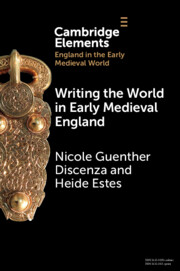
Writing the World in Early Medieval England
-
- Published online:
- 08 September 2023
- Print publication:
- 28 September 2023
-
- Element
- Export citation
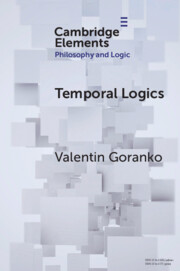
Temporal Logics
-
- Published online:
- 08 September 2023
- Print publication:
- 05 October 2023
-
- Element
- Export citation
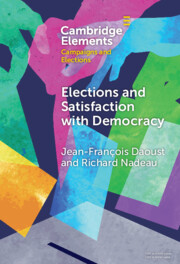
Elections and Satisfaction with Democracy
- Citizens, Processes and Outcomes
-
- Published online:
- 08 September 2023
- Print publication:
- 05 October 2023
-
- Element
- Export citation
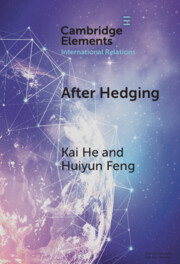
After Hedging
- Hard Choices for the Indo-Pacific States Between the US and China
-
- Published online:
- 08 September 2023
- Print publication:
- 05 October 2023
-
- Element
-
- You have access
- Open access
- HTML
- Export citation
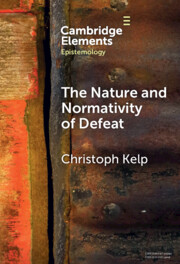
The Nature and Normativity of Defeat
-
- Published online:
- 05 September 2023
- Print publication:
- 07 September 2023
-
- Element
- Export citation
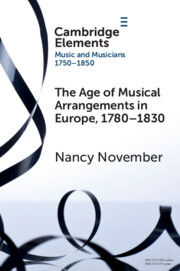
The Age of Musical Arrangements in Europe, 1780–1830
-
- Published online:
- 04 September 2023
- Print publication:
- 28 September 2023
-
- Element
- Export citation
